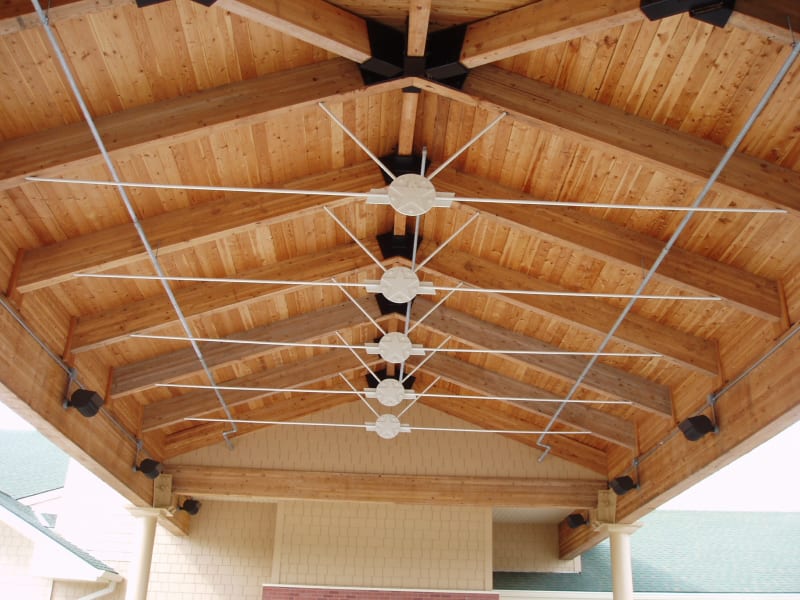youngblood30
Structural
I have a little 16x28 partially enclosed outdoor pavilion. It has a typical hip roof with no ceiling framing(cathedral style). Really scratching my head on the best way to deal with thrust here. I have a full wall on one side (shorter side) and short little corner walls on the other short side. The longer sides have posts and beams supporting the rafters. Is it best to design the hips to transfer thrust to the corners?
The other kicker here is the Architect calls for no exposed fasteners either.
The other kicker here is the Architect calls for no exposed fasteners either.

